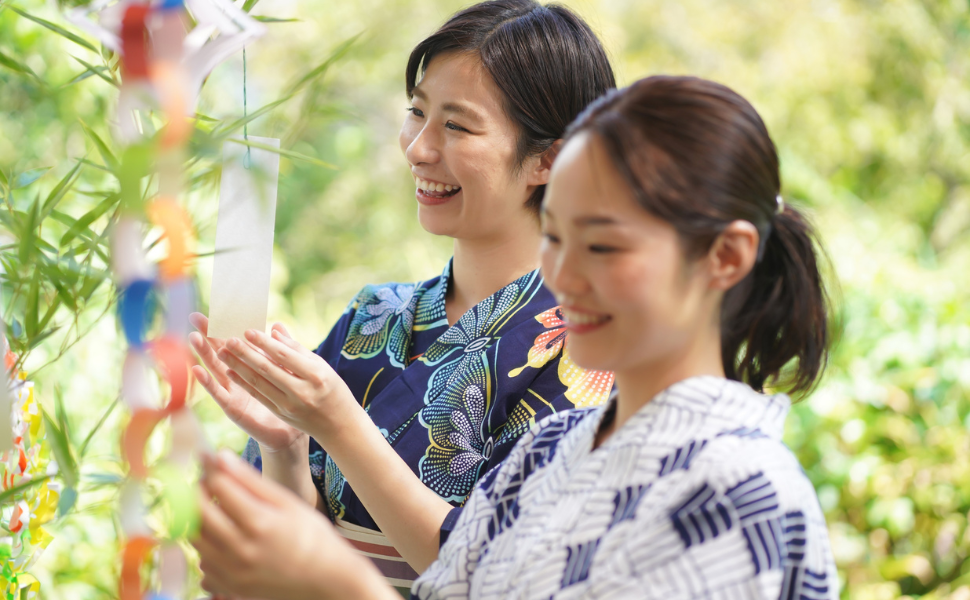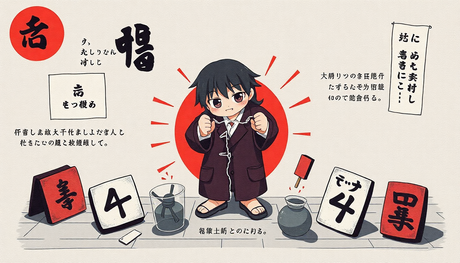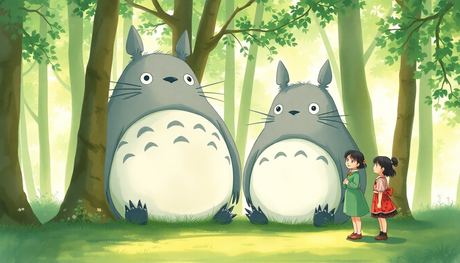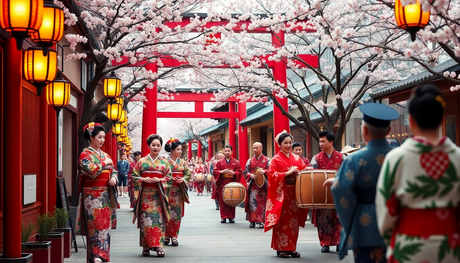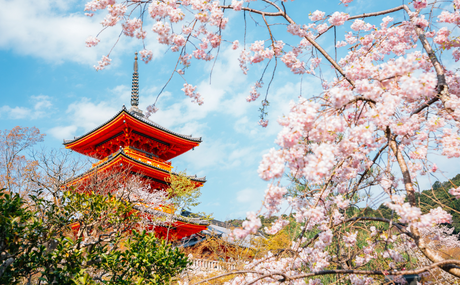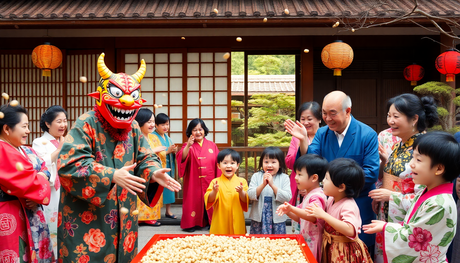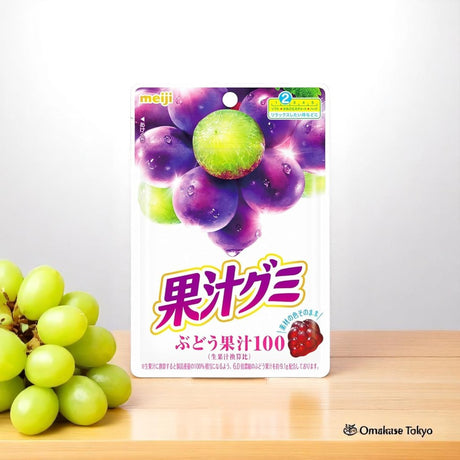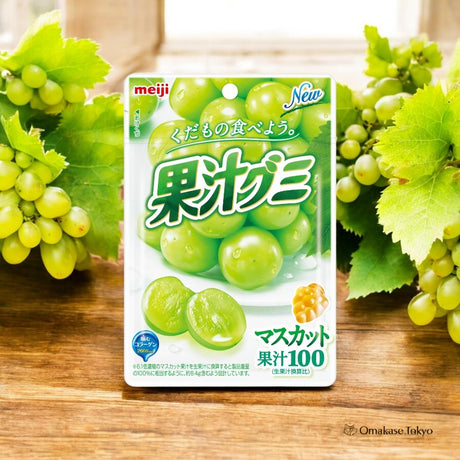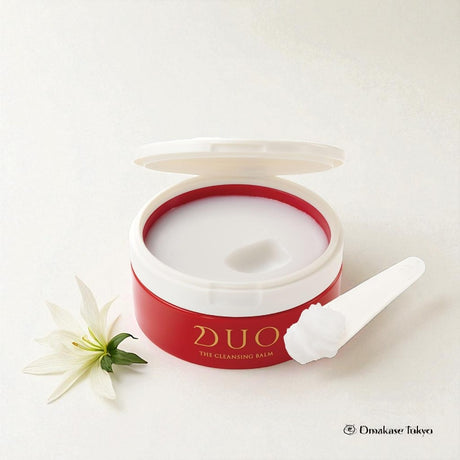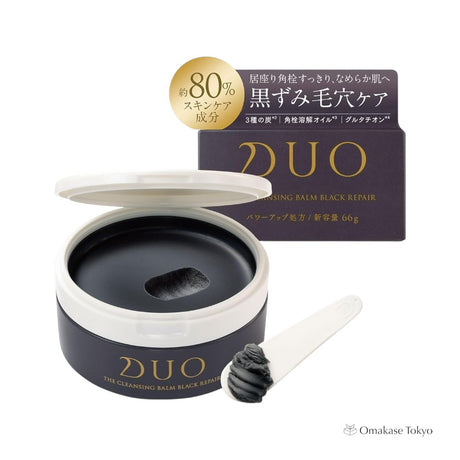Have you ever heard of Tanabata, Japan’s dreamy Star Festival? If not, you’re in for a real treat. Celebrated every summer, this magical tradition is one of Japan’s most romantic and colorful festivals. It's filled with wishes, vibrant decorations, and a love story that crosses galaxies. Sounds dreamy, right?
Let’s dive into what Tanabata is all about, how it’s celebrated, and why it’s such a special event in Japanese culture.
The Legend Behind Tanabata: A Star-Crossed Love Story
The word Tanabata (七夕) literally means “Evening of the Seventh.” The festival is based on an old Chinese legend that made its way to Japan over a thousand years ago. The story tells of two celestial lovers: Orihime (a weaving princess) and Hikoboshi (a cowherd). They were separated by the Milky Way, and only allowed to meet once a year—on the seventh day of the seventh month (July 7th).
Romantic, right? But there’s a catch—if the skies are cloudy or rainy, they can’t meet. So, in Japan, people often hope for clear skies on Tanabata night so the lovers can finally reunite.
How Do Japanese People Celebrate Tanabata?
The most iconic part of Tanabata is the colorful paper decorations you’ll see hanging from bamboo branches. These decorations aren’t just for show—they carry personal wishes written on tiny papers called “tanzaku”.
People write their hopes and dreams—anything from “I want to pass my exams” to “I wish for world peace”—and hang them on bamboo trees in hopes they’ll come true.
You’ll also see:
-
Origami ornaments like stars, streamers, and cranes
-
Bamboo displays along shopping streets and malls
-
Parades and street festivals in some cities
-
People wearing yukata (summer kimono)
Some towns go all-out, especially Sendai and Hiratsuka, which are famous for their massive Tanabata festivals. Think dazzling lights, floats, and giant paper decorations filling the streets.
When Is Tanabata Celebrated?
Officially, Tanabata is celebrated on July 7th, but some regions in Japan follow the traditional lunar calendar and hold it in August instead. For example:
-
Sendai Tanabata: Celebrated in early August, it’s one of the biggest Tanabata festivals in Japan.
-
Tokyo’s Asagaya and Shonan’s Hiratsuka festivals: Also celebrated in July.
So depending on where you go in Japan, you might catch Tanabata festivals throughout July and August.
Why Tanabata Is Still So Loved in Modern Japan
Even after hundreds of years, Tanabata is still cherished in Japan—especially by kids and families. Schools often hold Tanabata events, and you’ll find decorations everywhere from train stations to department stores.
It’s a time when people slow down, look up at the stars, and take a moment to dream big.
It’s also one of those festivals that feels deeply personal. Everyone has a dream, right? Whether it's for love, success, health, or happiness, Tanabata is a gentle reminder that it’s okay to hope—and to believe.
Fun Facts About Tanabata
-
Bamboo trees are believed to have a spiritual energy that helps send your wishes to the heavens.
-
Each decoration on the bamboo has a meaning! For example, streamers symbolize the threads Orihime weaves, while paper kimono shapes are for health and protection.
-
In some places, rivers are decorated with candles or lanterns to represent the Milky Way.
How You Can Celebrate Tanabata—Even Outside Japan
Can’t make it to Japan in July or August? No worries! You can still celebrate this beautiful tradition from home. Here’s how:
-
Write a wish on a small piece of paper (tanzaku style) and hang it on a plant or small branch
-
Watch the stars on the night of July 7th
-
Read the story of Orihime and Hikoboshi with your kids
-
Get crafty with some DIY origami decorations
-
Make a Japanese summer dessert like warabi mochi or shaved ice
It’s a sweet, calming activity that brings a little Japanese culture and intention into your day.
Final Thoughts: Tanabata Is a Festival of Hope
In a fast-paced world, Tanabata reminds us to pause, look up, and dream again. Whether you're visiting Japan or celebrating from home, it’s a beautiful way to reconnect with your goals, your heart, and the people you love.
So this July 7th, take a moment. Write down your wish, hang it on something green, and look up at the stars.
You never know—Orihime and Hikoboshi might be meeting up there, too. 💫

